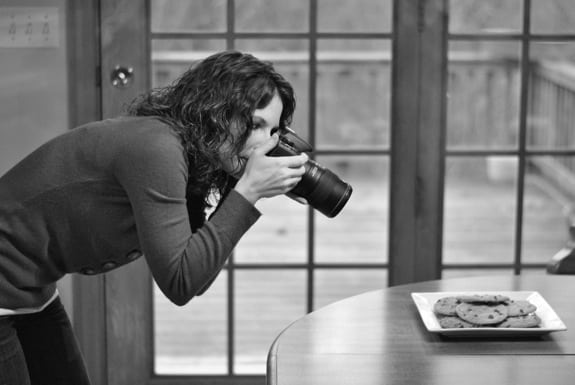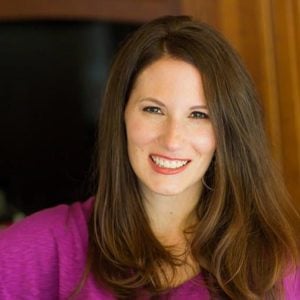Photography
I receive a lot of questions about how I approach the photography aspect of food blogging and hope that this little section provides you with some insight. The biggest ally in photographing food is a lot of natural light. I don’t use any artificial lights or flashes, which can cast some unfavorable shadows and hues onto the food.
Sometimes the food looks great straight from the camera, but sometimes it can use a little bit of editing. I try to get the photos right in the frame so that I don’t have to do much adjusting later. I do the majority of my photo editing in Adobe Lightroom and sometimes use Adobe Photoshop as an additional tool.
I go into greater detail about my photography process in this post:
Food Photography Tips
I receive many emails regarding the type of camera and lenses I use, so I put together a list of my equipment below. Please note that I don’t use any type of external flashes, bounces or extra photography equipment.
Brown Eyed Baker Photo Equipment
- Canon EOS 5D Mark III. I have been shooting with this full-frame camera since December 2012; prior to that I was using the Canon EOS Rebel T2i dSLR Camera, which I had been shooting with since December 2010. I originally started the blog shooting with a Canon PowerShot point and shoot camera, and then moved to a Panasonic Lumix before heading down the dSLR road. I have been incredibly happy with this camera, and have found the array of Canon lenses more than meet my needs for food photography.
- Canon 100mm f/2.8L Macro Lens. This has become my go-to lens for food photography and I take about 95% of my photos with it; it’s a very tight lens at 100mm so you have do some moving when framing shots, but the amount of detail that it’s able to capture is phenomenal.
- Canon 50mm f/1.4 Lens. The first lens that I bought with my first dSLR was the 50mm 1.8, and then upgraded to the f/1.4 version in early 2012. It’s a great all-around lens that can be used for food photos, as well as portraits and everyday photography.
- Canon 35mm f/1.4L Wide Angle Lens. This is an absolutely phenomenal lens for everyday photography and/or travel. I have taken it with me on a couple of trips, and the quality of the photos is amazing. I don’t use it as often for food photography, but it does come in handy when I am taking “process” photos and need a wider angle than a 50mm lens provides.
- Canon 24-70mm f/2.8L Zoom Lens. This is a great all-purpose lens if you’re not quite sure what zoom length you will need for a given project or trip. I rarely use it for food photography, but it is great when you need a range of zoom lengths. It was the perfect choice when we visited the National Air Force Museum.
- Canon 70-300mm f/4-5.6L Telephoto Zoom Lens. This is not a lens that I’ve ever used for food photography, but it is seriously amazing if you attend sporting events of any kind. It took fabulous pictures at the Western & Southern Open tennis tournament, and it captures great shots of the moon!
The biggest piece of advice I can give to anyone with questions on food photography is to read as much as you can and then practice, practice, practice. The more familiar you are with your camera and its functions, the better you understand how the light affects the resulting photos, and more comfortable you become adjusting setting on the fly, the better your photos will become. It takes time and practice. Find some photos in magazines or on websites that you like, and try to recreate them, giving yourself little assignments. The more you shoot, the better! Most importantly, have fun!





